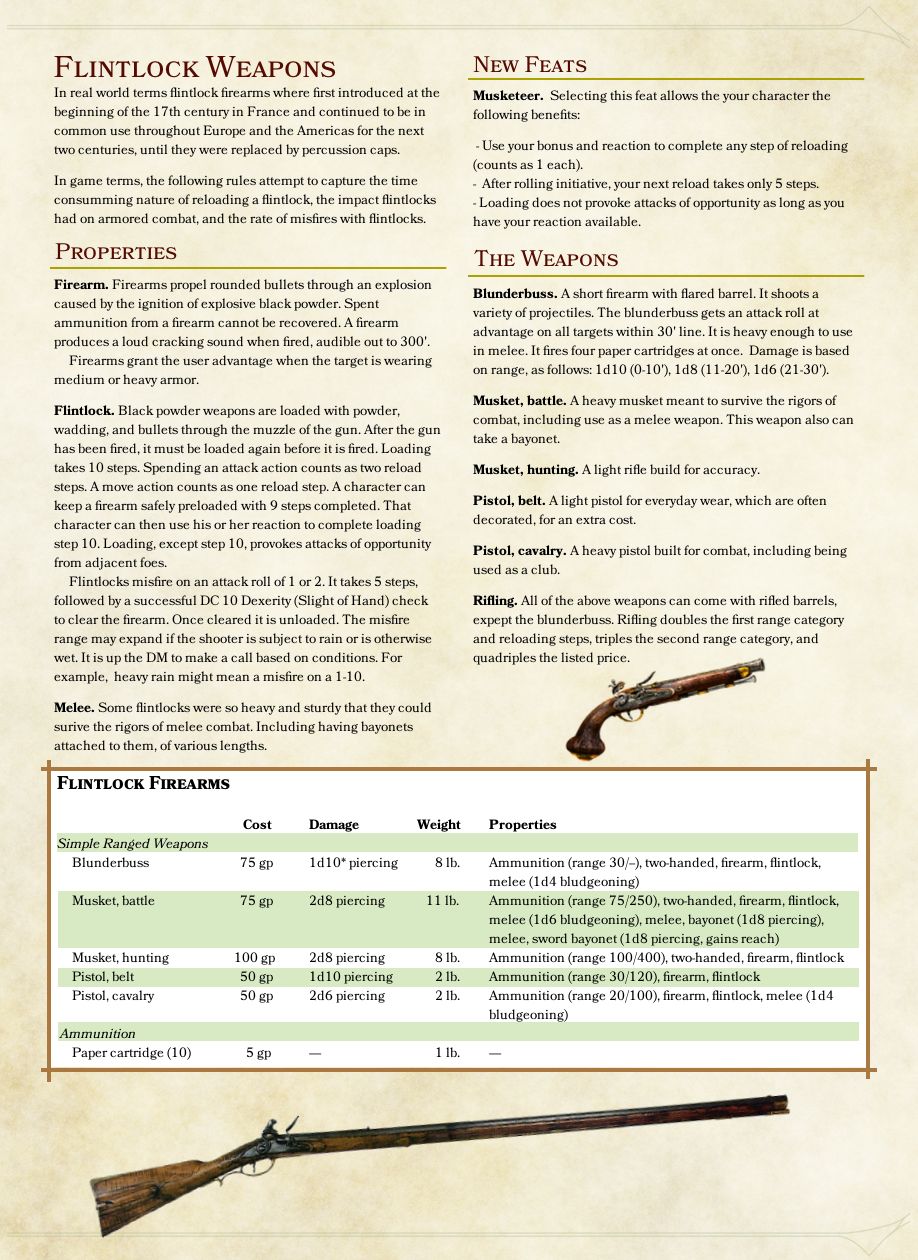
On a failed save, you fall 1d4 x 5 feet, taking 1d6 bludgeoning damage per 10 feet fallen as normal, and land prone. Make a DC 10 Dexterity saving throw to navigate the impediment. Look up the type in the generic complication table. The tables that follow that one list a complication type for each situation. The first table is a generic complications table that can be used in a pinch, when you just need to run a chase quickly. The following are Complication Tables that I have created for different terrain types. So if you cross five or ten feet of difficult terrain you can simply subtract five or ten feet from your total distance traveled.Ĭomplication Tables. Each foot of difficult terrain uses two feet of your move rate. To get up from prone you subtract the distance represented by half your move rate from your total move distance.ĭifficult Terrain. Another option to using a table would be for the DM to declare conditions based on his map or the terrain and the path the quarry takes. It might be one listed on the table, or one of his own creation. Rather than rolling on the table, the DM may allow a quarry to impose a condition on a pursuer to slow him down. You can spend an inspiration point to negate the complication you rolled or one that effects you. The complication is not applied to your character, but rather to the next character in initiative order. Roll 1d20 at the end of your turn and compare that roll to the appropriate Chase Complications table. He makes a Dexterity (Stealth) check and must beat the passive Wisdom (Perception) scores of the pursuers. The quarry can attempt to escape if it is out of sight for all of the pursuers. As an optional rule, an attack that fails by 5 or more results in the pursuer falling prone. Rather than grapple, the pursuer may attempt to trip, push over or tackle the quarry.

If successful, both pursuer and quarry are stopped. He can then use a bonus action to attempt to grapple the creature. A pursuer overtakes a quarry when he moves into its space.

Note that the pursuer cannot use this option if he can only move within reach, but could not overtake the quarry if he chose to. If a pursuer is able to move into a quarry’s space, he may instead use a bonus action to perform a single melee attack against the quarry when he is within reach. Your speed becomes 0 when you reach level 5. For each Dash action after that you must succeed on a DC 10 Constitution check or take one level of exhaustion. You can use the Dash action a number of times equal to 3+ your Constitution modifier. No one involved directly in the chase can use an opportunity attack against anyone else in the chase. If the lead quarry moved farther than he did, subtract his move distance from the lead quarry’s and move his figure back by this amount. If he moved farther than the lead quarry, subtract the lead quarry’s move from his and move his figure forward by that amount. If they are the same, the distance between them remains the same, so his figure doesn’t move. On each participant’s turn, compare the distance he moved to that of the lead quarry. After the lead quarry determines his total move distance – write that distance down so it can be referenced by all players. Ties go to the one with the highest dexterity score. This initiative order may change from round to round as creatures pass each other. The lead character is assigned the highest initiative, followed by the others in order of their distance behind him. If their locations aren’t pre-determined based on the encounter, you can randomly set the distance from the lead pursuer to the closest quarry at the speed factor of the fastest creature + 5x(1d6) feet. Place the lead quarry first, then place the others at the appropriate distance behind him. The only thing that matters is how far apart everyone is.

Determine where everyone involved in the chase is located. Most characters use the Dash action and move a distance equal to twice their move rate. Characters that pause to take an action, other than Dash, move a distance equal to their move rate. Standard combat rules apply except as noted below. I find that using miniature figures helps when running a chase, so the following rules assume that you are using figures on a grid. This is my interpretation of those rules along with my house rules and some Chase Complications tables. Hurray! These are good, fast and easy rules. Nobody told me that the new Dungeon Master’s Guide was going to contain rules for conducting chases.


 0 kommentar(er)
0 kommentar(er)
